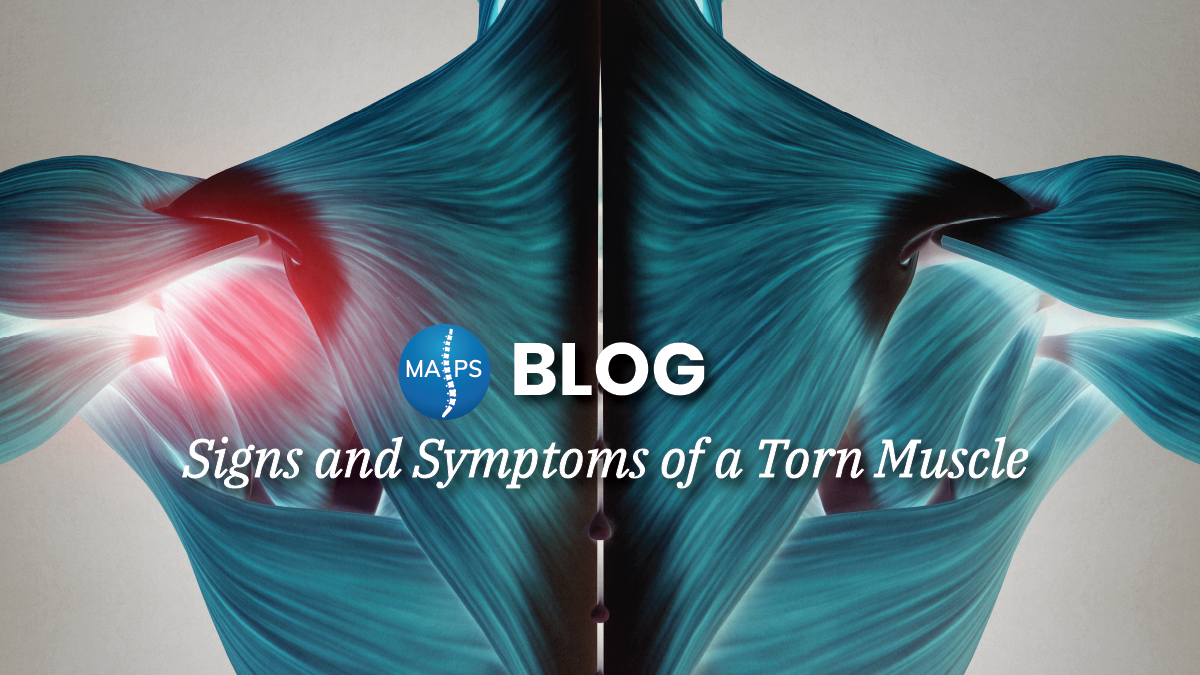Signs and Symptoms of a Torn Muscle


Anatomy of Muscle Tears
Although there are many kinds of muscles, skeletal muscles or those that move the bones in the body, are those most likely to experience muscle strains and tears. Each skeletal muscle is made of bundles of individual fibers made of single muscle cells, and wrapped in connective tissue coverings. Many exercises, specifically those that develop and encourage muscle growth like resistance training and weight lifting, involve creating small tears in these fibers, which are then naturally repaired by the body to improve strength. Sometimes during heavy lifting or quick movements, muscles can experience significant tears that result in intense pain and disability.
How Can You Identify a Muscle Tear?
While some muscle soreness can be expected after a workout or exercise, a torn muscle results in more intense pain and can include a number of other symptoms:
- Pain in the muscle when resting
- Swelling due to inflammation of the surrounding tissues
- Bruising or discoloration from damaged blood vessels
- Stiffness or feeling “knotted up” in the area of the injury
- Muscle weakness
- Difficulty moving the affected body part, if movement is even possible
- Spasms and cramping in the injured or surrounding muscles
- A “popping” sound at the time of injury
If home remedies and over-the-counter pain and inflammation medications fail to provide relief, professional help is recommended.
How are Torn Muscles Treated?
If you’ve experienced a muscle strain or tear, it’s important to seek a medical evaluation for pain management and to assess the injury. Depending on whether the tear is partial or complete, recovery can be lengthy and complex, and early intervention is key to minimizing pain and irritation. Activity restriction and modalities like bracing or crutches, massage, rehabilitation exercises, and physical therapy can supplement home remedies like PRICE to encourage a quick recovery:
P: Protect the injured area from any further damage or irritation.
R: Rest the strained muscle in an elongated position and avoid any movement that causes pain.
I: Apply ice to reduce inflammation and pain for 20 minutes each hour while awake. After swelling has subsided, heat can be applied instead.
C: Compression with an ACE or other elastic bandage can help reduce swelling and provide some support.
E: Elevating the injury can help prevent swelling that can increase pain and restrict blood and lymphatic flow through the area.
Is Your Muscle Soreness Concerning?
If you’re experiencing unfamiliar pain or challenges with movement, it’s important to seek professional care as soon as possible. At MAPS Centers for Pain Control, we offer a number of non-surgical, minimally invasive options for the comprehensive support of your injury and recovery. Contact any of our seven Chicagoland locations today for more information about our balanced approach to providing your pain relief and care.

